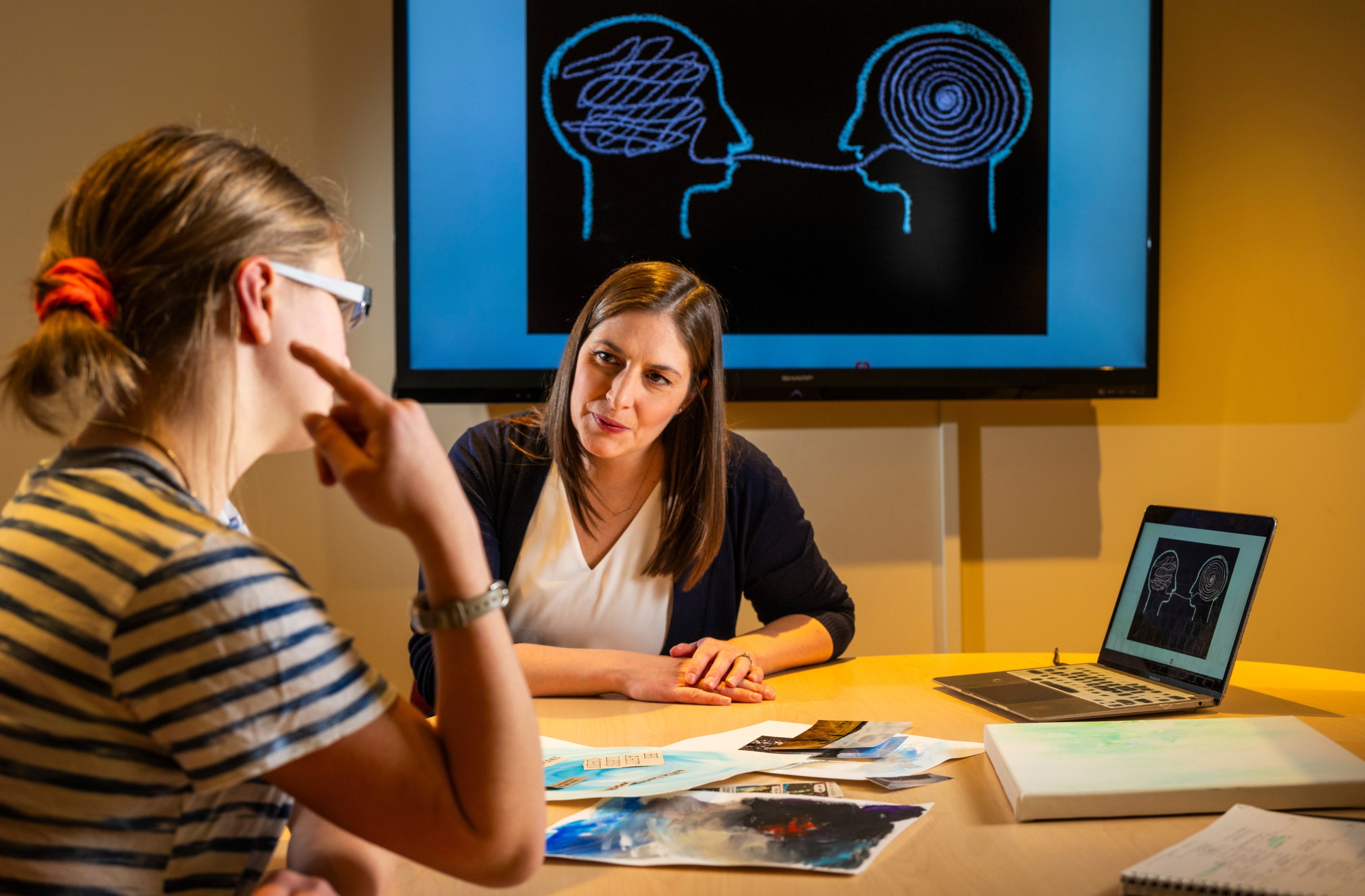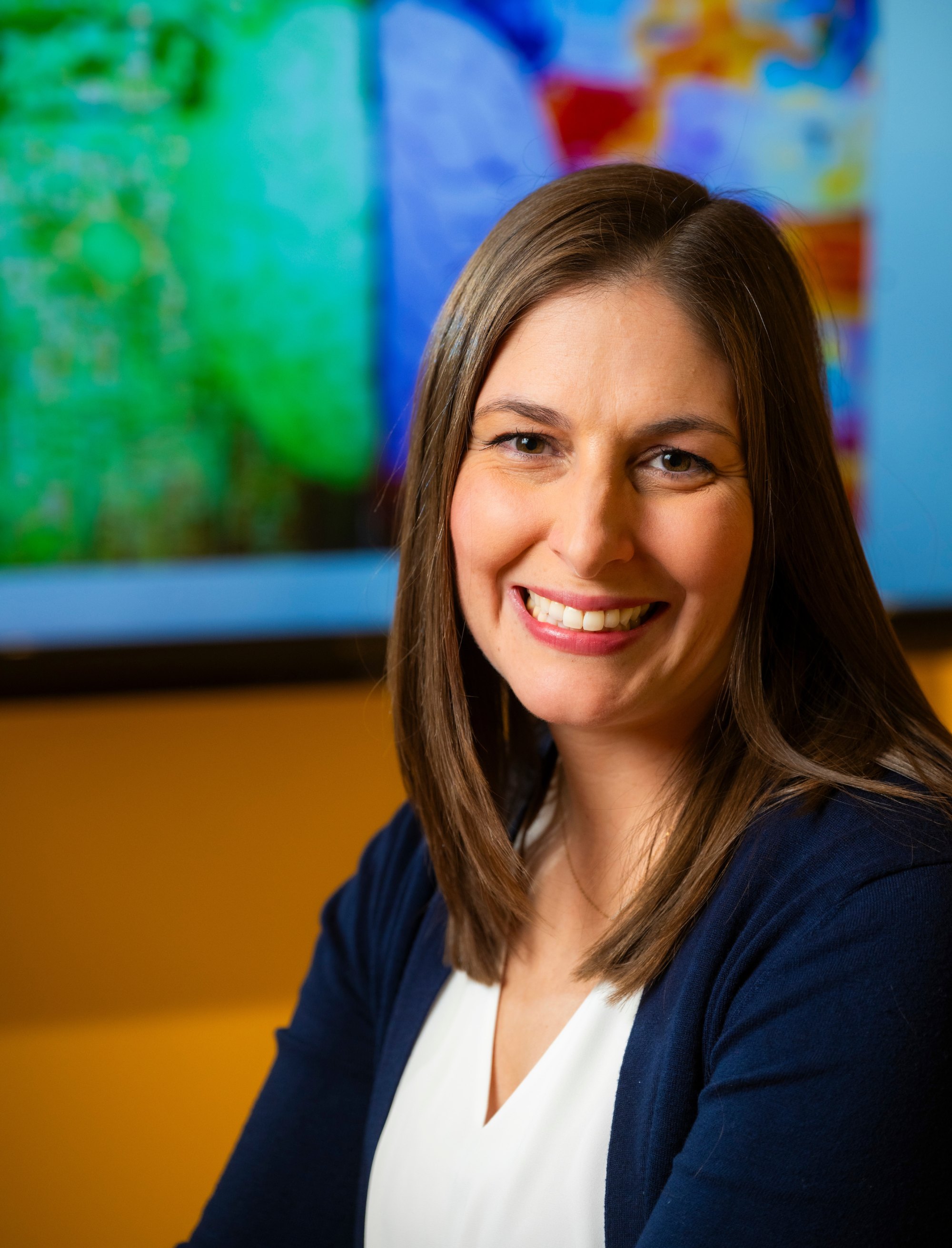For Jessica Harasym, a person’s ability to communicate is part art, part science, and the whole focus of groundbreaking work she has been doing over the better part of the past two decades to help people get the most out of talking.
Today, the speech-language pathologist marks a new milestone as a PhD graduate from the University of Alberta whose innovative approach blends arts-based research with the science of concussion recovery.
“I have always been fascinated by how we connect and share ideas with one another,” she says. “I joined the profession because I wanted to help others engage in meaningful communication activities in their daily lives.”
In 2005, after earning her master’s degree, Harasym became a speech-language pathologist at an Edmonton early education program. A few years later, she joined the U of A’s Institute for Stuttering Treatment and Research (ISTAR), where she spent time during her undergrad as a research assistant.
At ISTAR, Harasym has worked with clients who come from all over the world to attend its intensive stuttering clinics. Success required her to collaborate with both clients and families while tailoring treatment plans to each client’s unique strengths and needs.
The work also brought her face-to-face with the link between concussions and language skills.
An estimated 200,000 concussions occur annually in Canada, most happening to children under the age of 18. About one-quarter of these youth “experience prolonged symptoms that can include disruptions in their abilities to communicate, affecting speech, listening, reading, writing and social interaction,” Harasym says.
“Many of my clients shared with me how they struggled to be understood and navigated concerns of judgment and outright negative listener reactions in their daily activities.”
Harasym discovered there was very little research into communication changes young people experience after suffering a concussion. That’s why, 13 years after earning her master’s degree, Harasym headed back to the classroom to pursue her PhD in the Faculty of Rehabilitation Medicine.
Arts-based research
The idea of using arts-based research to learn more about the scope of the problem was inspired by Harasym’s interactions with ISTAR clients. She found that clients recovering from concussions used artistic forms of expression to make sense of and express the impacts of their experiences.
“In the clinic, clients would often bring drawings or bullet journals that expressed their feelings when words fell short. When I was completing my doctoral research, the creative contributions of the participants enriched the study’s findings in ways I could not have predicted at the beginning,” says Harasym, who is at the forefront of this innovative work.

